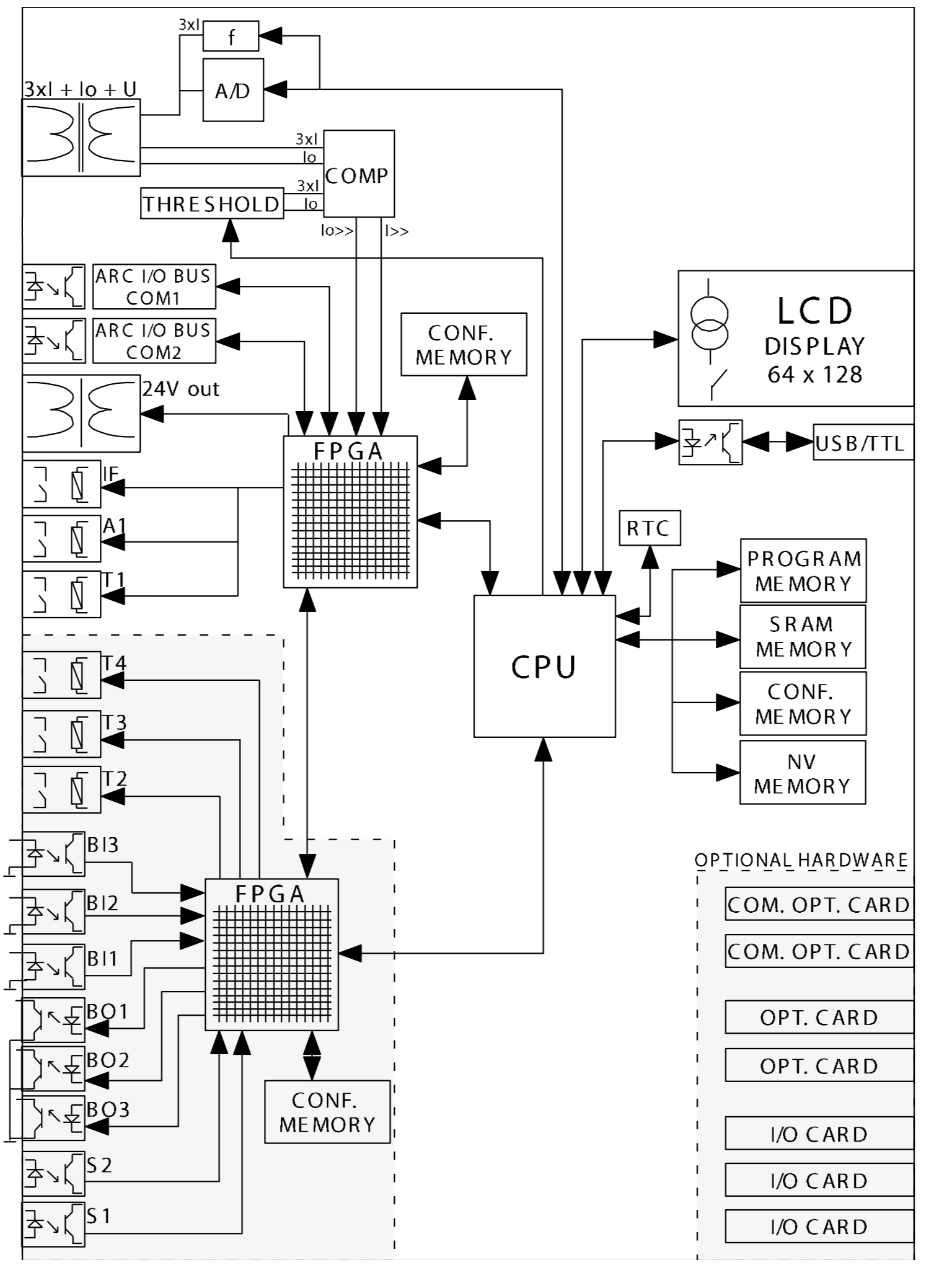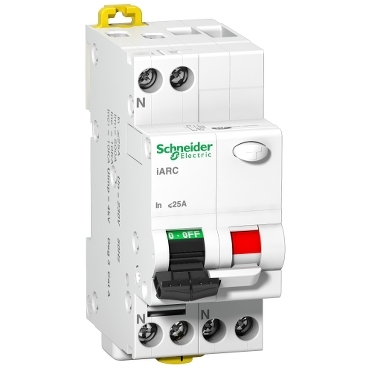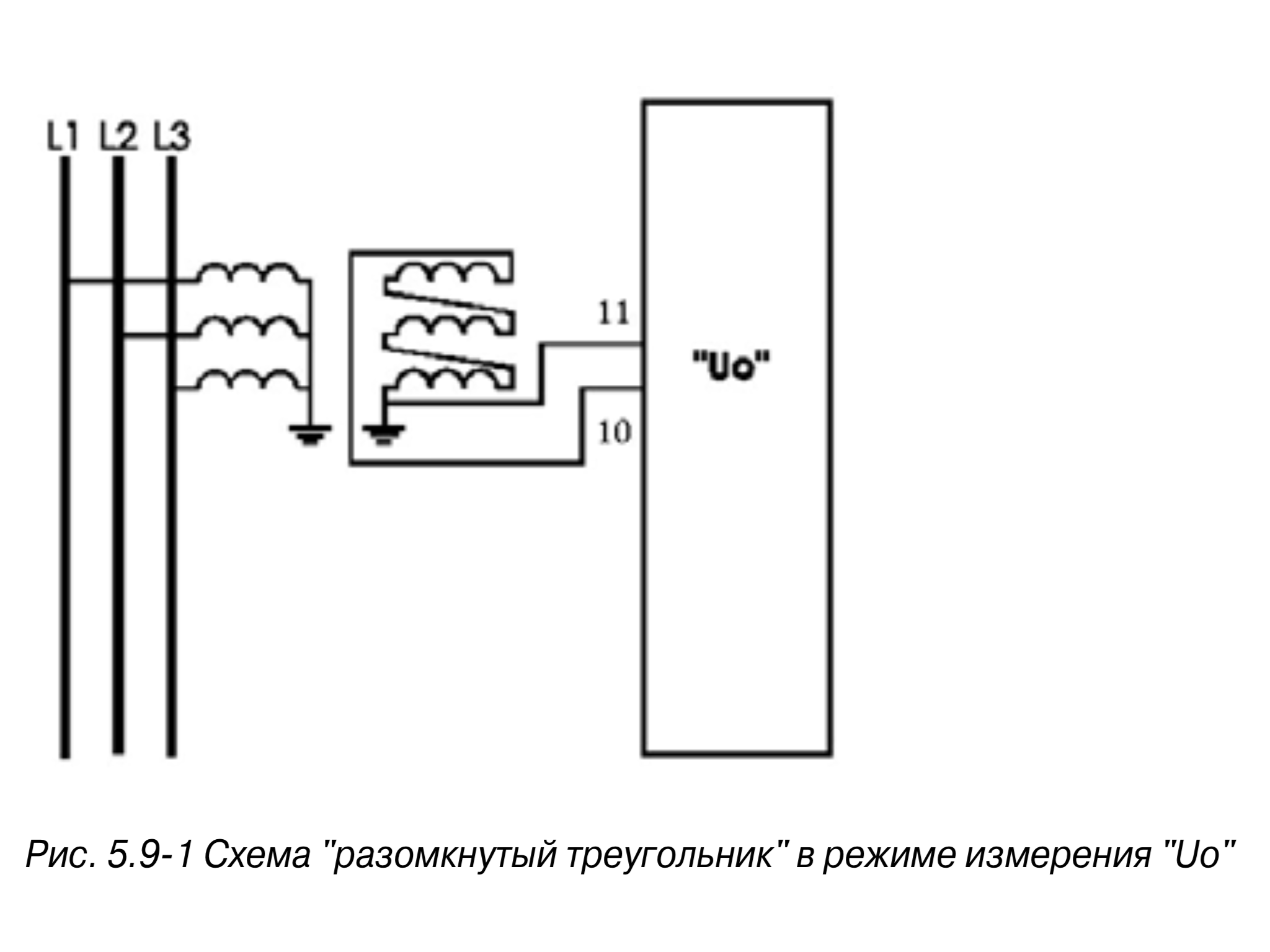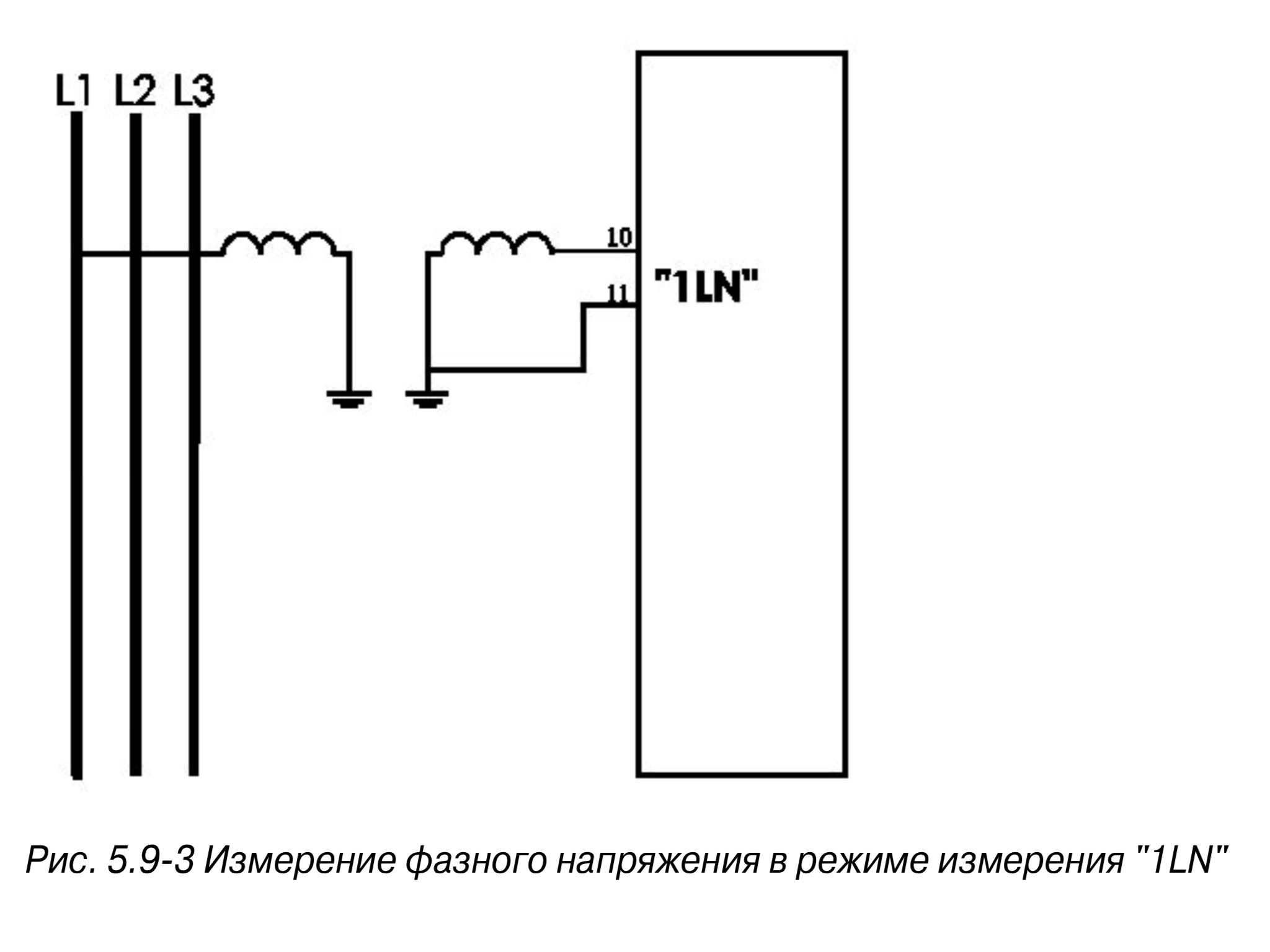Arc protection system with the ability to operate on a current signal

In the classical sense, arc protection in Russia is a fast-acting protection against short circuits, based on recording the light spectrum of an open electric arc in a switchgear switchgear, the most common method of detecting the light spectrum using fiber-optic sensors, used mainly in the industrial sector, but with the advent of new products in the field of arc protection in the residential sector, namely modular AFDDs operating on a current signal, allowing to install arc protection on outgoing lines, including distribution Orobok, cables, connections, sockets, etc., interest in this topic is increasing.

However, about the detailed and detailed device modular products manufacturers do not really spread (if someone has such information, I will only be happy to link to sources of such information), another thing arc protection systems for the industrial sector, with a detailed user manual for 122 pages where the action principle is described in the most detailed way.
')
Consider for example the VAMP 321 arc protection system from Schneider Electric, which includes all arc protection functions, such as current overload and arc presence monitoring.

Functional
- Current control in three phases.
- Current zero sequence.
- Event logs, emergency recording.
- Tripping either simultaneously in current and light, or only in light, or only in current.
- The response time of the output with a mechanical relay is less than 7 ms, with an optional IGBT card, the response time is reduced to 1 ms.
- Customizable trigger zones.
- Continuous self-monitoring system.
- The device can be used in various systems of arc protection of distribution networks of low and medium voltage.
- The arc flash detection and arc protection system measures the short-circuit current and the signal through the arc sensor channels and in the event of a short circuit, minimizes the burning time by quickly shutting off the current supplying the arc.
Matrix Correlation Principle
When specifying the conditions for the activation of a particular stage of arc protection, logical summation is applied to the outputs of the light and current arrays.
If the protection stage is selected only in one matrix, it works either by the current condition or by the light one, thus it is possible to configure the system to work only by the current signal.
Signals available for control when programming protection levels:
- Currents in phases.
- Current zero sequence.
- Line Voltage.
- Phase voltage.
- Zero sequence voltage.
- Frequency.
- The sum of the phase currents.
- Direct sequence current.
- Negative Current.
- The relative value of the current reverse sequence.
- The ratio of reverse and zero sequence currents.
- Voltage direct sequence.
- Reverse sequence voltage.
- Relative value of the negative sequence voltage.
- The average value of current in phases (IL1 + IL2 + IL3) / 3.
- The average value of the voltage UL1, UL2, UL3.
- The average value of the voltage U12, U23, U32.
- Nonlinear distortion factor IL1.
- Nonlinear distortion factor IL2.
- Nonlinear distortion factor IL3.
- Nonlinear distortion factor Ua.
- The rms value of IL1.
- The root mean square value of IL2.
- The rms value of IL3.
- The minimum value of IL1, IL2, IL3.
- The maximum value of IL1, IL2, IL3.
- The minimum value is U12, U23, U32.
- The maximum value of U12, U23, U32.
- The minimum value is UL1, UL2, UL3.
- The maximum value of UL1, UL2, UL3.
- The background value is Uo.
- RMS Io.
Emergency recording
Alarm recording can be used to store all measurement signals (currents, voltages, information on the states of digital inputs and outputs). Digital inputs also include arc protection signals.
Start recording
Recording can be triggered by starting or triggering any protection stage or by any digital input. The trigger signal is selected in the output matrix (vertical DR signal). Also recording can be started manually.
Self control
The non-volatile memory of the device is implemented using a high-capacity capacitor and low-power RAM.
When the additional power source is turned on, the capacitor and the RAM are powered from an internal source. When the power supply is disconnected, the RAM begins to receive power from the capacitor. It will store information as long as the capacitor is able to maintain the allowable voltage. For a room with a temperature of +25 ° C, the operating time will be 7 days (high humidity reduces this parameter).
Non-volatile random access memory is used to store alarms and event logs.
The functions of the microcontroller and the integrity of the wires connected to it along with the health of the software are controlled by a separate self-monitoring network. In addition to monitoring, this network tries to restart the microcontroller in case of a malfunction. If the reboot fails, the self-monitoring device gives a signal to start the indication of permanent internal damage.
In case the self-test device detects permanent damage, it blocks other output relays (except for the output relay, the self-monitoring function and the output relays used by the arc protection).
Also monitored internal power source. In the absence of additional power, an alarm is automatically given. This means that the output internal fault relay is energized if the auxiliary power supply is turned on and no internal fault is detected.
The central unit, input / output devices and sensors are monitored.
Measurements used by the arc protection function
Three-phase current and earth fault current measurements for arc protection are carried out by electronics. The electronics compares the current levels with the pick-up settings and outputs binary signals “I >>” or “Io >>” for the arc protection function in the event of a limit being exceeded. All current components are taken into account.
The “I >>” and “Io >>” signals are connected to an FPGA chip, which performs the arc protection function. Measurement accuracy for arc protection is ± 15% at 50Hz.

Harmonics and total non-sinusoidal (THD)
The device calculates THD as a percentage of the currents and voltages at the fundamental frequency.
Harmonics from 2nd to 15th for phase currents and voltages are taken into account. (The 17th harmonic will be partially taken into account in the meaning of the 15th harmonic. This is due to the principles of digital measurement.)
Voltage measurement modes
Depending on the type of application and the current transformers available, the device can be connected either to zero-sequence voltage, line voltage or phase voltage. The adjustable parameter “Voltage measurement mode” must be set according to the connection used.
Available modes:
“U0”
The device is connected to a zero sequence voltage. Directional earth fault protection available. Line Voltage Measurement, Energy Measurement, and Voltage Protection and Undervoltage Protection are not available.

“1LL”
The device is connected to line voltage. Single-phase voltage measurement and undervoltage and overvoltage protection are available. Directional earth fault protection is not available.

“1LN”
The device is connected to the same phase voltage. Measurement of voltage in one phase is available. In networks with a low-grounded and compensated neutral, undervoltage and overvoltage protections are available. Directional earth fault protection is not available.

Symmetrical components
In a three-phase system, voltages and currents can be decomposed into symmetrical components, according to Fortescue.
Symmetrical components are:
- Direct sequence
- Reverse sequence.
- Zero sequence.
Monitored objects
This device allows you to control up to six objects, such as a switch, disconnector or grounding knife. The control can be carried out on the principle of “choice-action” or “direct control”.
Logical functions
The device supports user programming logic for logical signal expressions.
Available features are:
- AND.
- OR.
- Exclusive OR.
- NOT.
- COUNTERs.
- RS & D flip-flops.
Source: https://habr.com/ru/post/451212/
All Articles